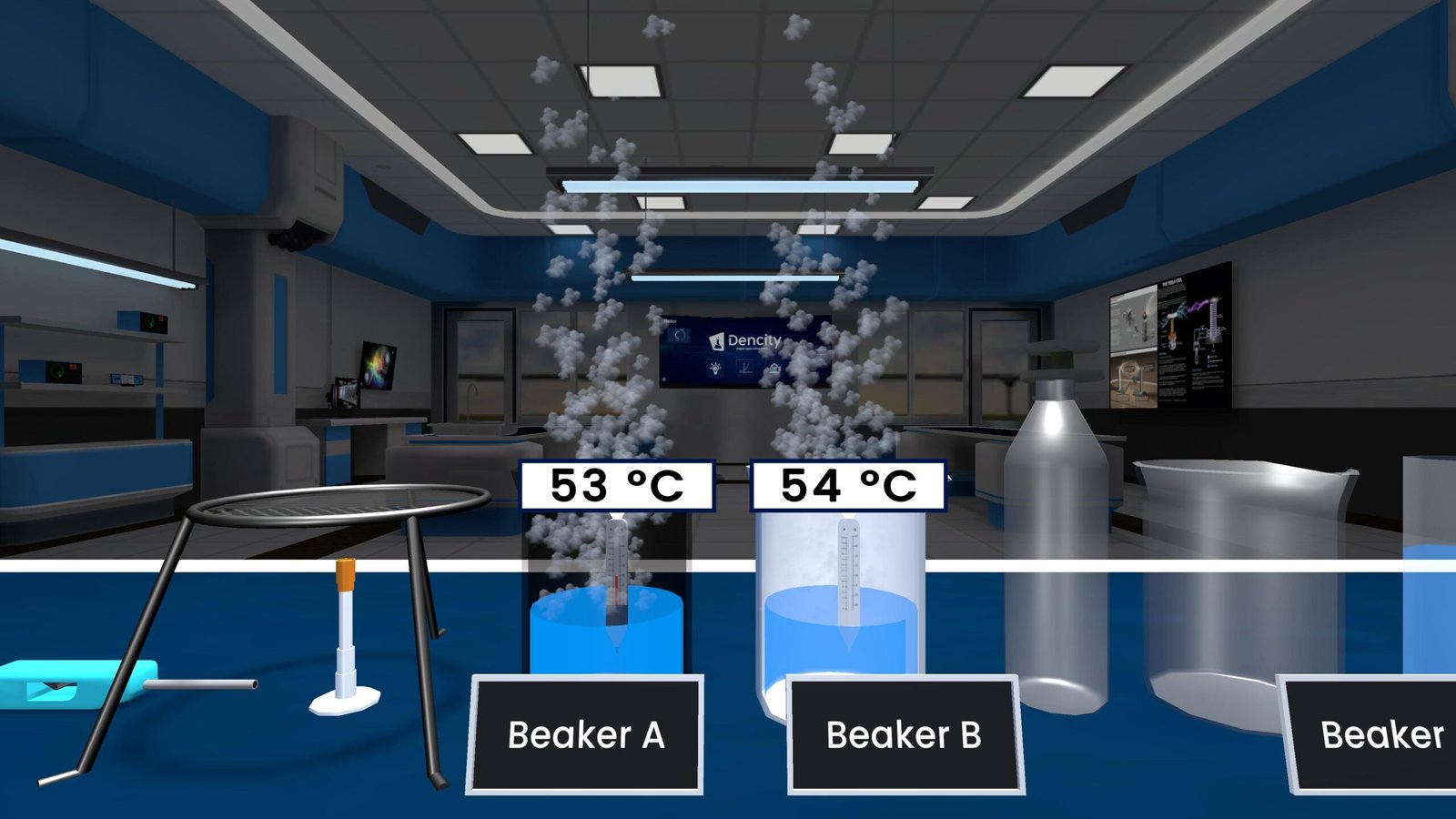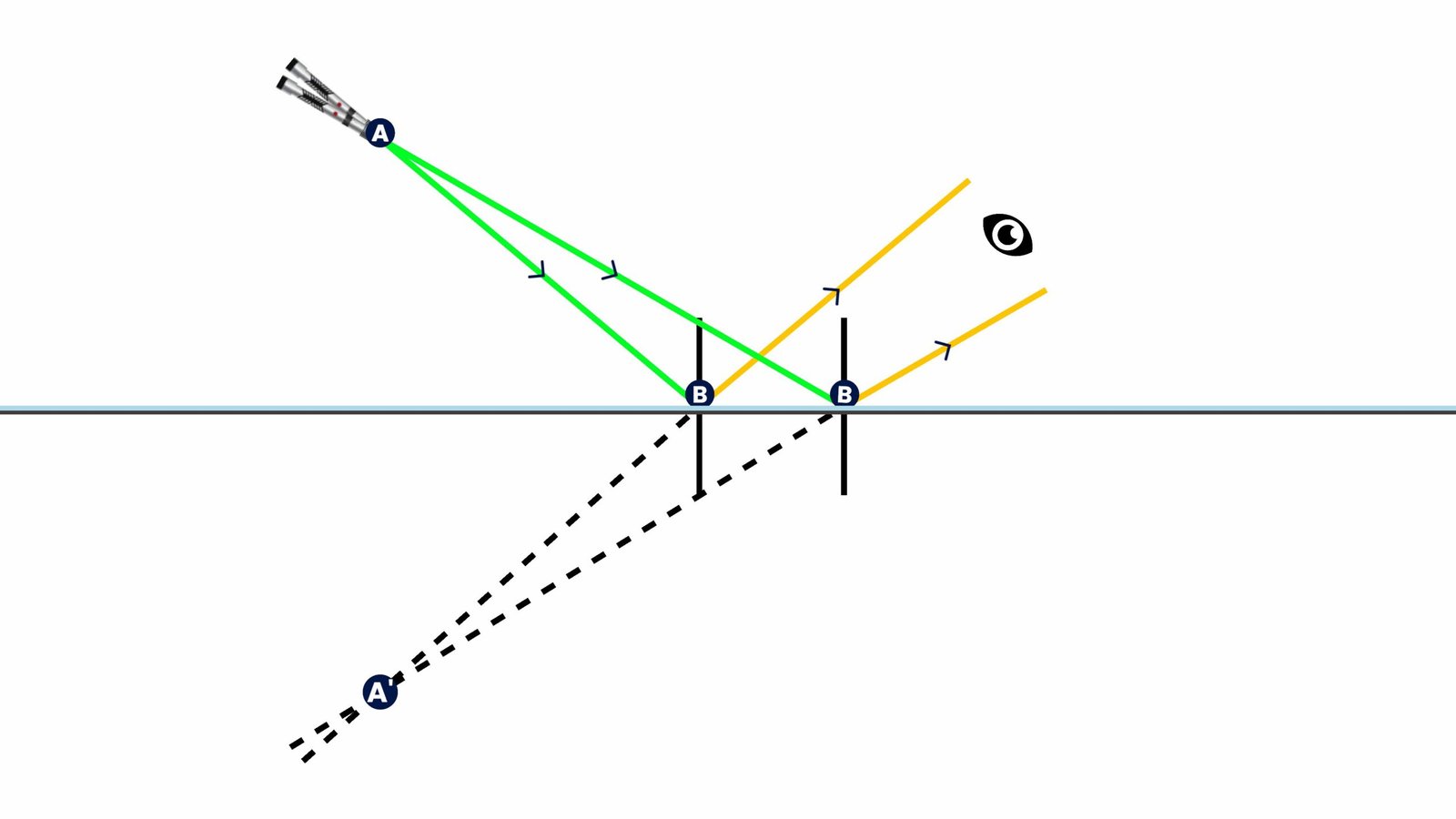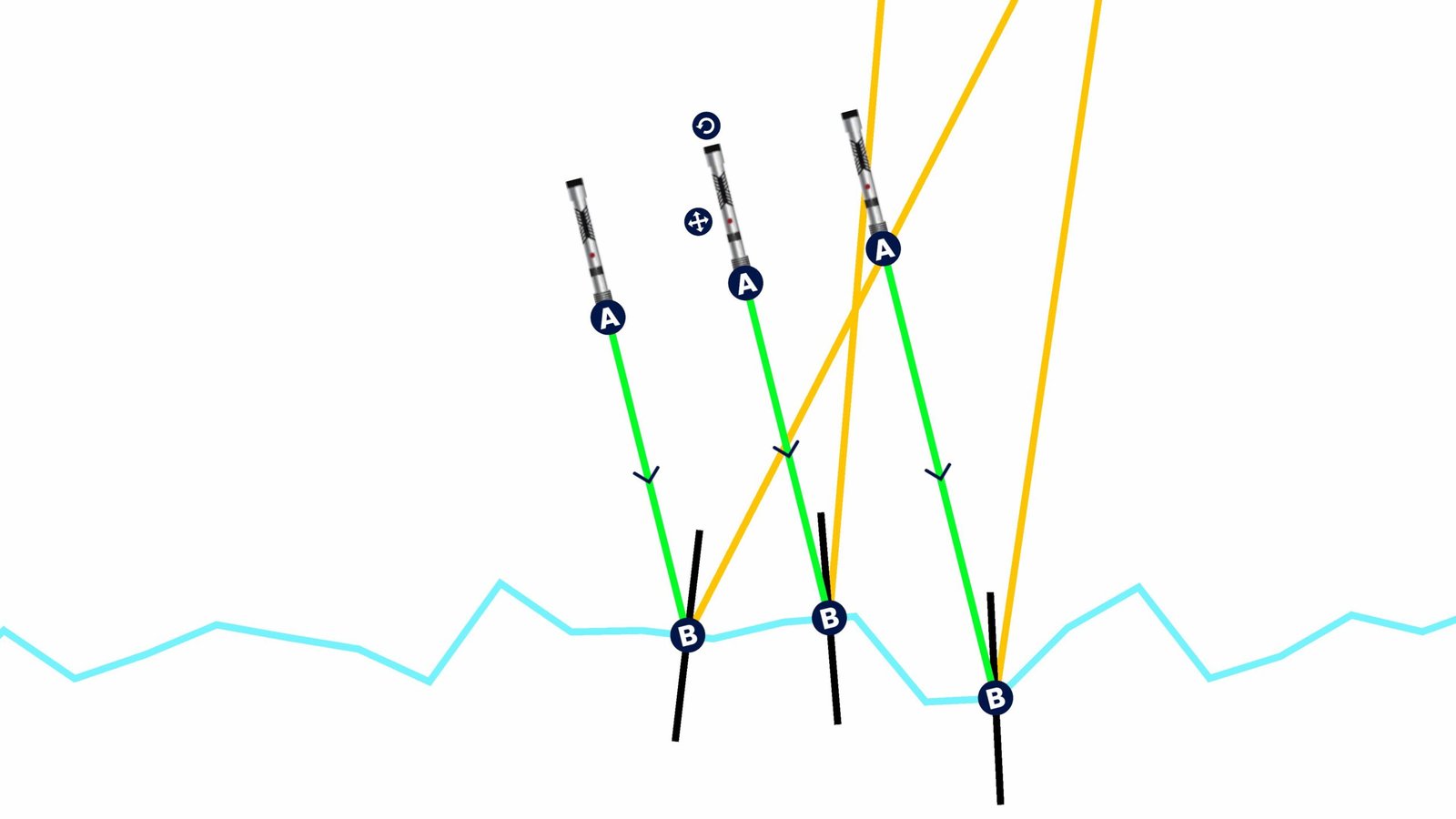Reproduction of Fungi on Bread Experiment
Fungi are one of the most fascinating organisms found in nature. One of the most common types we observe in daily life is the fungus that grows on stale or moist bread. This experiment focuses on how fungi reproduce, especially in the case of bread mold, a type of fungus known as Rhizopus.
Understanding Fungi and Their Reproduction
Fungi are living organisms that do not make their own food. Unlike plants, they are heterotrophic, which means they feed on dead or decaying matter. Some fungi are beneficial, like yeast used in baking, while others can spoil food or cause diseases.
When bread is left in a moist and warm environment, it becomes an ideal surface for fungal growth. The most common bread fungus is called Rhizopus stolonifer, also known as black bread mold.
How Do Fungi Reproduce?
Fungi reproduce in two main ways:
-
Asexual Reproduction:
This happens without the involvement of two different cells. The fungus produces spores in structures called sporangia. These spores are very light and spread through air. When they land on a damp surface like bread, they grow into new fungi. -
Sexual Reproduction:
Sometimes, under harsh conditions, fungi reproduce sexually by combining genetic material from two fungal cells. This helps create diversity and increases their chance of survival.
In the case of Rhizopus, reproduction is mostly asexual and happens through spore formation. These spores look like tiny black dots on bread, and each one can grow into a new mold under suitable conditions.
This experiment is from Class 10 Science, and it helps students understand how life can grow even in unexpected places, and why food preservation is important.
Learn with Dencity – The Virtual Science Lab
With the Dencity app, students can perform the Reproduction of Fungi on Bread Experiment safely and virtually. Instead of handling real mold (which can be unhealthy), they can:
-
Observe how fungi spread on different surfaces
-
Experiment with variables like temperature, moisture, and time
-
Watch detailed animations of spore formation and growth
-
Understand spore dispersal and the conditions that favor fungal growth
All this happens in a safe, interactive environment where learning becomes fun and engaging.
Dencity for Teachers
For educators, Dencity promotes interactive teaching through:
-
Easy-to-use virtual classroom features
-
Ability to demonstrate experiments live or assign them as homework
-
Real-time progress tracking for each student
-
Rich visual tools that make explaining biology simpler and more effective
-
Better student engagement through interactive learning
Optimized for Touch Panels
Dencity works beautifully on interactive touch panels, making it ideal for classroom smart boards. Teachers can perform the experiment with a tap, zoom into details, and let students control parts of the simulation themselves.
Contact Us for Customized Pricing or Demo
Educational institutions can contact us for a custom pricing plan or to schedule a free demo of the Dencity platform. Experience how virtual science labs can revolutionize teaching and learning.
Frequently Asked Questions (FAQs)
-
What causes bread to get moldy?
Fungi spores in the air land on moist bread and grow, especially in warm conditions. -
Is bread mold dangerous?
Yes, some molds can produce harmful toxins. It’s best not to touch or eat moldy bread. -
What is the name of the bread mold?
It is commonly called Rhizopus stolonifer or black bread mold. -
How do fungi reproduce?
Mainly through asexual spores, but sometimes also through sexual reproduction. -
Can I observe this experiment without growing real fungi?
Yes! With the Dencity app, you can simulate the entire process virtually. -
What class is this experiment from?
This experiment is from Class 10 Science. -
What conditions help fungi grow?
Warmth, moisture, and a food source like bread are ideal for fungal growth. -
How do spores spread?
Spores are carried by air and can land on suitable surfaces to grow. -
How does Dencity help in learning this topic?
It offers interactive visuals, real-time experiments, and safer alternatives to physical handling. -
Can Dencity be used on mobile devices?
Yes! Dencity is available on Android, iOS, and desktops for all types of learners.







